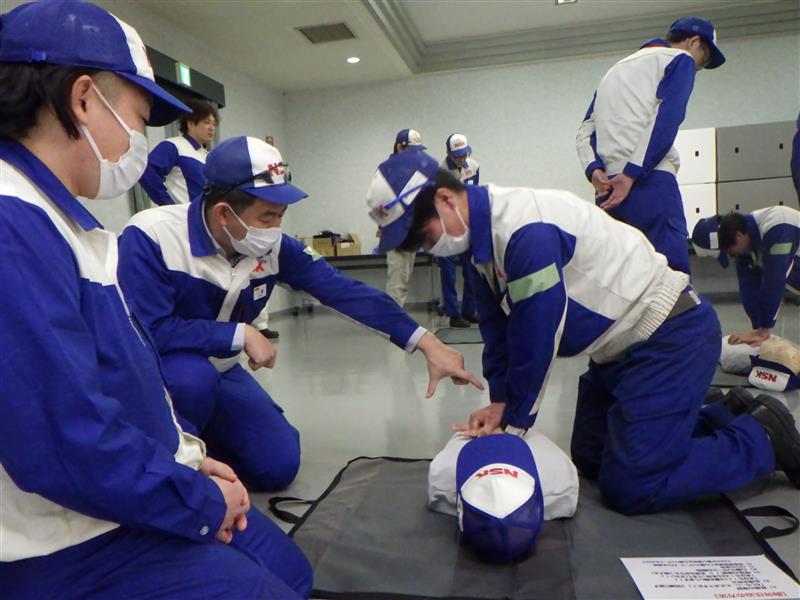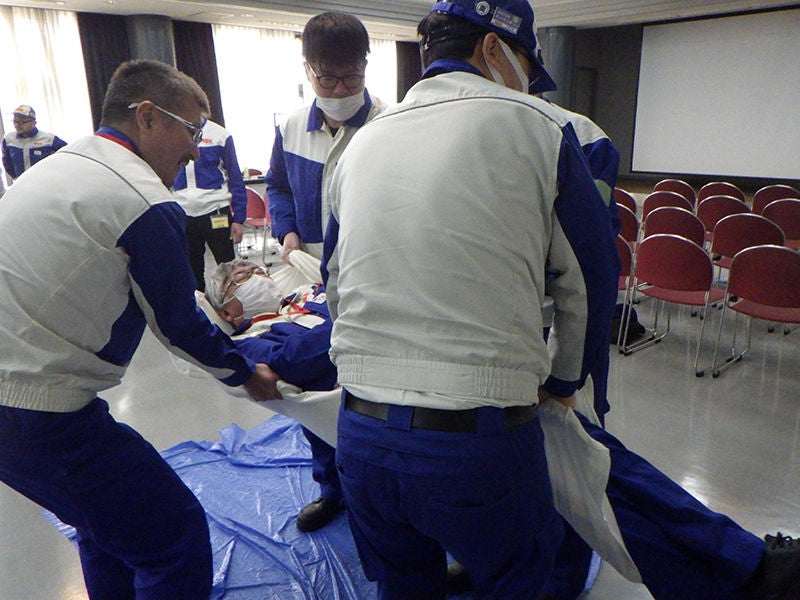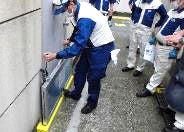Business Continuity Management (BCM)
NSK’s Approach
NSK’s basic policy is to place the highest priority on ensuring the safety of human life, to respond to disasters in collaboration with society and to prevent disruptions to essential operations and to promptly resume operations in the event of a suspension.
NSK has established a Business Continuity Plan (BCP). As part of its disaster preparedness, NSK focuses on measures to reduce damage in the event of disaster. As post-disaster measures, NSK works to shorten recovery times and investigate alternative means of conducting business. We also ensure that necessary inventories are maintained to fulfill our responsibility to supply products to customers.
System
As an organization that directly reports to the CEO, NSK has permanently established the Crisis Management Committee to oversee initiatives related to business continuity management and to foresee the risks that the NSK Group might face. Based on this preparedness, NSK has put into place systems during normal times while directing and controlling organizations to respond to a crisis in an emergency. In addition, such organizations have been established in each region outside Japan to oversee business continuity management. The Crisis Management Committee will work with these organizations to deal with risks when they emerge.
Crisis Management Structure
Targets and Performance
◆Mid-Term Management Plan 2026 (MTP2026) Targets, with Targets and Performance for Each Fiscal Year
| Policy | Development of group crisis management systems | BCP formulation and effectiveness enhancement | |
|---|---|---|---|
| MTP2026 | Targets |
|
|
| FY2024 | Targets |
|
|
| Performance |
|
| |
| FY2025 | Targets |
|
|
Initiatives
Setting Recovery Time Objectives
Recovery time objectives are set so as to enable a resumption of product supply to customers even after a crisis occurs. To ensure recovery within the target period, the NSK Group promptly implements measures to thoroughly minimize damage in the event of a disaster. By reducing the recovery period and securing the minimum inventory required, we will be able to continue supplying products. In anticipation of unforeseen damage and difficulties for recovery within the target period, we are in a state of preparedness so that business activities can be resumed using alternative functions.
Initiatives to Enhance BCP Effectiveness
At NSK sites, including the head office and Group companies in Japan, we have been preparing for potential emergencies. These efforts include creating emergency organizational structures, establishing response procedures, and assembling useful tools. We also confirm the viability of the preparation through regular drills and address issues that emerge during the drills to make improvements. We are also working to improve BCP effectiveness in the event of a major disaster such as a large-scale earthquake. This is being done by preparing measures to minimize damage, securing emergency communication channels, establishing a reporting system, preparing for large-scale power outages, and ensuring backups for IT infrastructure.
Turning to regions outside Japan, we are formulating BCPs for our business sites based on the assumption of region-specific risks and verifying the effectiveness of the BCPs we have developed.
≪Initiatives in FY2024≫
Strengthening the Capabilities of Individuals
To ensure the business continuity of organizations and companies, it is essential that each employee can respond appropriately in an emergency without relying on instructions from a leader. With this in mind, NSK is introducing new training programs in FY2024. These programs include learning methods for rescuing and aiding causalities using disaster simulations, as well as provide leadership skills so that people can solve problems that rapidly materialize during a disaster. The new training launched at a pilot plant and was then rolled out to other locations.


First hands training on protecting people’s lives

Problem solving training using disaster simulations
Reflections on Disaster Responses
In light of frequent earthquakes and heavy rainfall, NSK is reflecting on its disaster responses to identify areas for improvement in its BCP. Recent insights have highlighted the need to improve decision-making and communication methods when crisis levels escalate outside of normal working hours, to better understand the latest hazard information around plants, replenish disaster supplies, and ensure the effectiveness of preparedness through exercises. Based on these reflections, we have carried out inspections of weather-related disaster preparedness at all domestic and overseas plants.
≪Measures for Adapting to Climate Change≫
We have been implementing various measures to address the increasingly severe weather disasters caused by the advance of climate change. For example, as a part of flood preparedness measures, we have conducted actions such as reviewing timeline action plan procedures, installing anti-flood plates, and implementing training for sandbag installation.

Regular training on installing anti-flood plates


